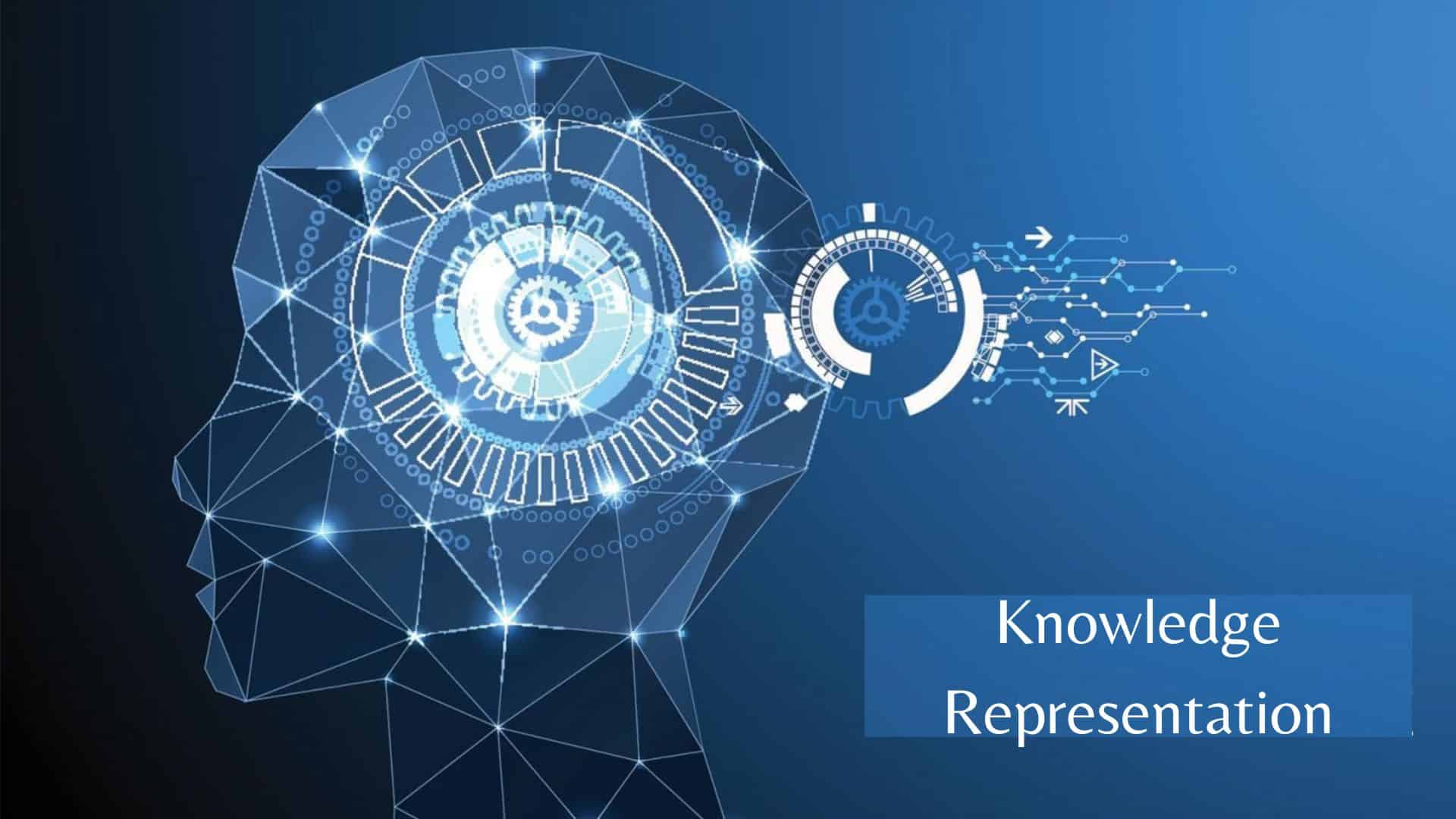Humans know things, which is known as knowledge. Every day, we execute multiple tasks and make numerous decisions using this knowledge. But how do machines think and carry out these tasks? A collection of data is used by machines. Knowledge representation is the capacity of machines to think and behave like humans, including understanding, interpreting, and reasoning.
The representation of knowledge is essential to artificial intelligence. The objective of knowledge representation, a subfield of artificial intelligence, is to provide real-world data in a way that computers can understand and use to address problems in the real world.
In this article, we are going to discuss knowledge representation in AI and how it helps machines to perform real-world tasks.
What is Knowledge Representation?
By learning from sets of information and experience that are readily available, knowledge representation enables machines to function and behave like humans. The ability of machines to imitate humans in tasks such as understanding and interpreting is linked to the creation of agents that ensure a pattern that contributes to machine behavior.
Hence, knowledge representation can be described as:
- Knowledge representation is the capacity of machines to think and behave like humans, including understanding, interpreting, and reasoning.
- Knowledge representation ensures that computers can comprehend and use knowledge to carry out challenging tasks in the actual world. For instance, interacting with people.
- Knowledge representation enables machines to learn from the data stored in the database and use that to learn to behave like humans.
What set of data to represent?
Several kinds of knowledge and set of data is needed by AI systems, which are:
- Objects: The information of all the objects available in our world domain. E.g., the Table has four legs, the mouse has a tail.
- Performance: The knowledge of performing tasks. E.g., rotating the door knob to open.
- Events: All the actions that occur in the real world are events. E.g., falling leaves, rain.
- Meta-knowledge: The knowledge of knowledge. E.g., Cars drive on the road but should slow down for bumps.
- Facts: Truth of the real world. E.g., Water is liquid.
What are the different types of knowledge?
There are five types of knowledge and are following:
- Declarative Knowledge: Having knowledge about something including facts, concepts, and objects, is called declarative knowledge. It is comparatively simpler than procedural knowledge.
- Procedural Knowledge: Procedural Knowledge also known as imperative knowledge, is the knowledge of doing something. It includes procedures, strategies, rules, etc.
- Meta-knowledge: The knowledge of some type of knowledge is called meta-knowledge.
- Structural Knowledge: It is problem-solving knowledge and establishing relationships between objects and concepts.
- Heuristic Knowledge: Heuristic knowledge is based on previous experiences.
How are knowledge and intelligence related?
Knowledge plays an important role in real intelligence as well as artificial intelligence. The act of an AI agent or system is directly dependent on knowledge and experience. A decision maker makes a decision by sensing the environment and using the knowledge it has. If we remove any one of them, it will not be able to display any intelligence.

AI knowledge cycle
An artificial intelligence system goes through many phases to display intelligent behaviour.
- Perception
- Learning
- Knowledge Representation
- Reasoning
- Planning
- Execution
AI systems use a perception component to gather data from their surroundings. Any sensory kind may be used as input, including auditory and visual. The learning component is in charge of learning from the environmental data that is collected. The major components involved in displaying intelligence like humans are knowledge representation and reasoning components. The results of the preceding components influence the planning and execution components.
Approaches to Knowledge representation in AI:
There are four main approaches to knowledge representation.
- Simple relational knowledge: It is the most straightforward approach to storing data using relational methods. All information is methodically organized into columns. The simple relational knowledge approach is commonly used in database systems to present the link between multiple identities.
- The simplest approach to storing data
- commonly used in database systems
- There are few opportunities for inference with this approach
- Inheritable Knowledge: Data is saved in a hierarchy of classes using this mechanism. This technique includes inheritable knowledge that demonstrates the relationship between instances and classes. Boxed nodes serve as placeholders for values and objects.
- Data is saved in a hierarchy of classes
- Elements acquire values from other class members
- Values and objects are stored in boxed nodes
- Inferential Knowledge: This method uses logic to represent knowledge. It is used to gather additional information while also ensuring accuracy.
- This approach derives more facts
- Guarantee correctness
- Data is represented in form of logic
- Procedural Knowledge: The procedural knowledge approach employs small programs to perform specific tasks. This method is based on the if-then rule. This method employs a number of coding languages.
- If-then rule-dependent approach
- Small programs are used to perform tasks
If executed properly, knowledge representation gives artificial intelligence systems the ability to act and behave like humans.

















Leave a Reply